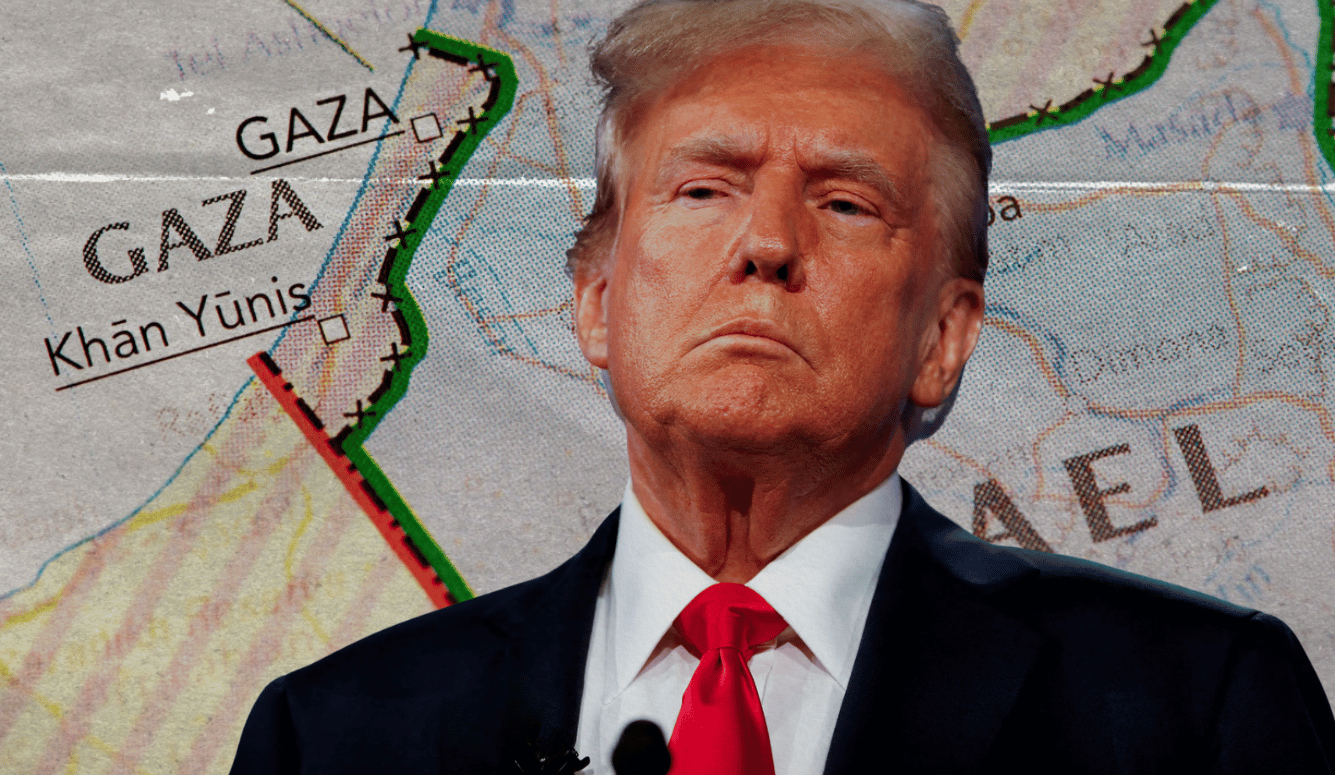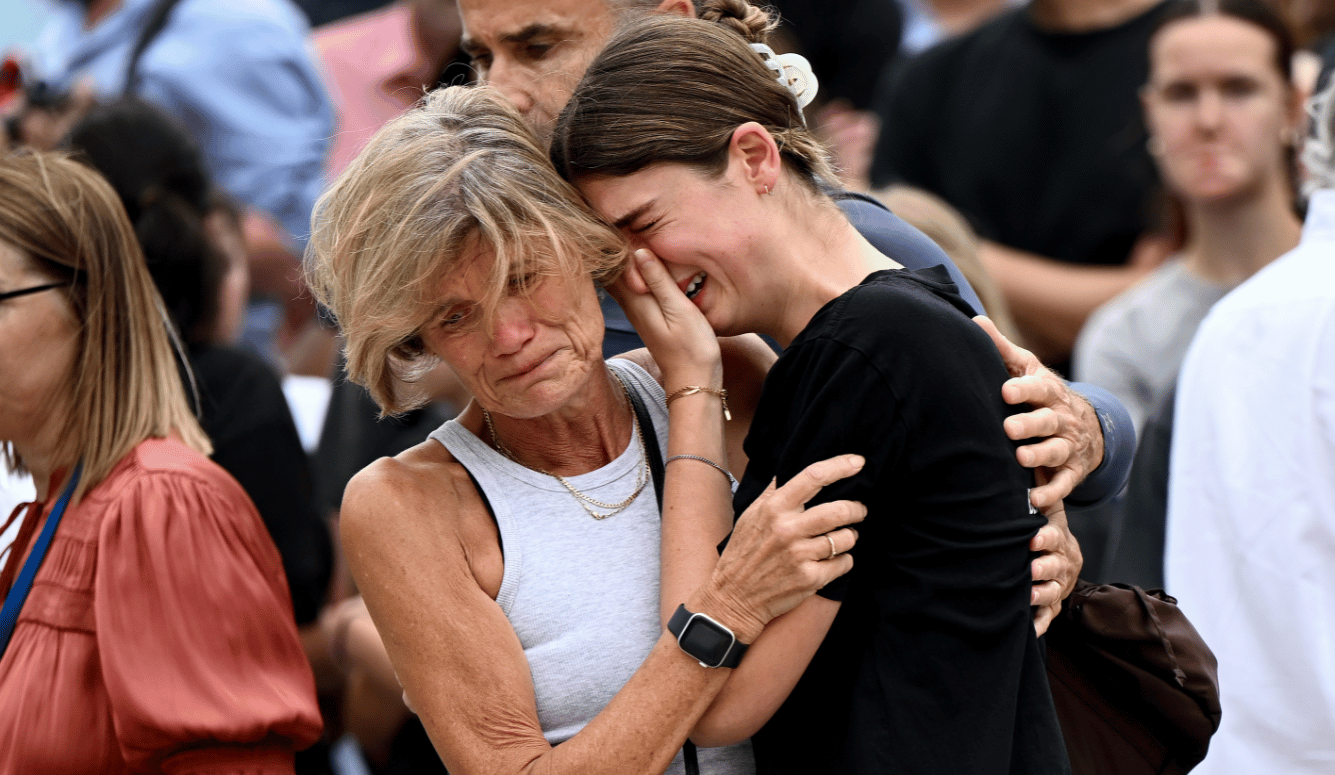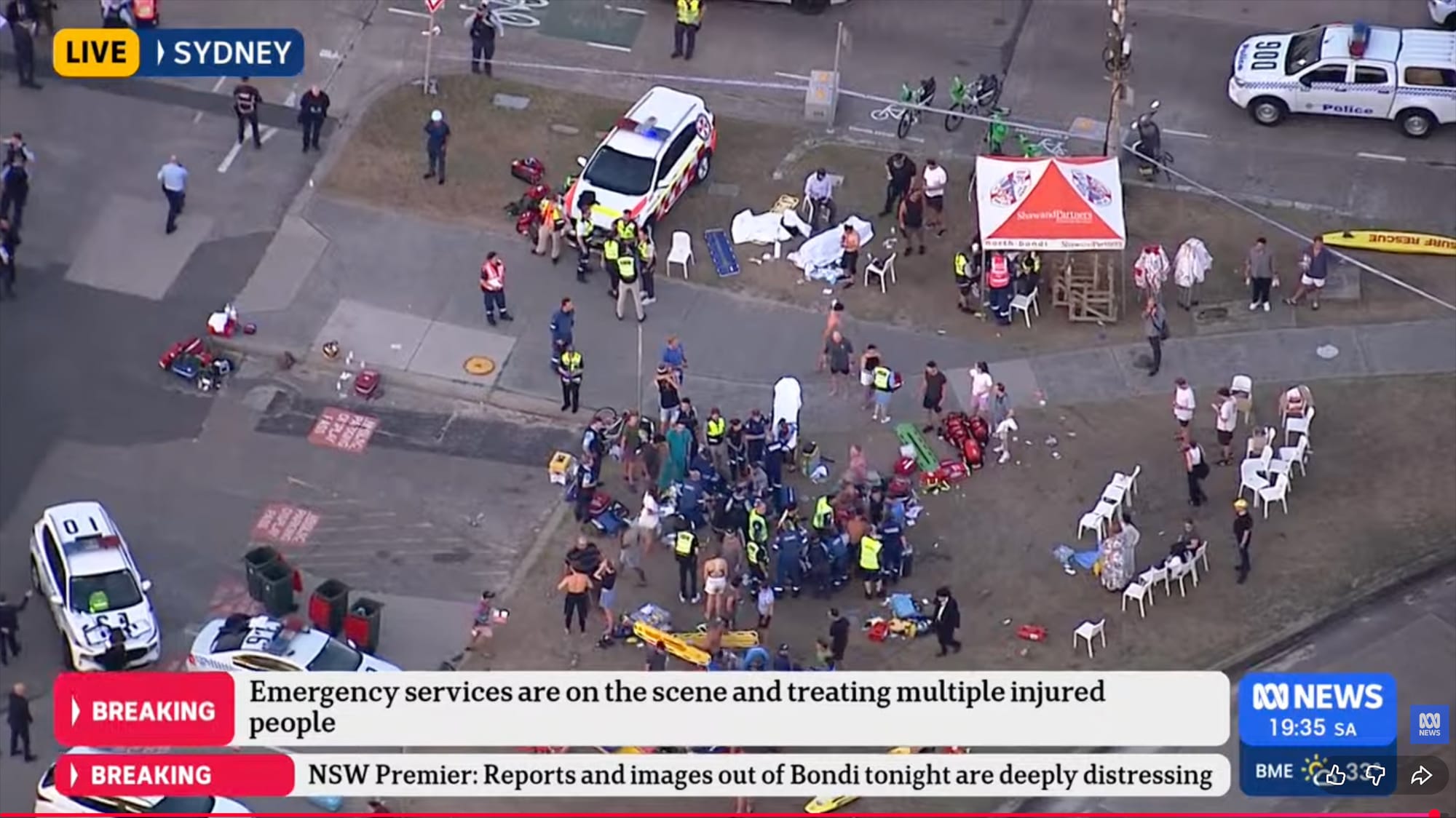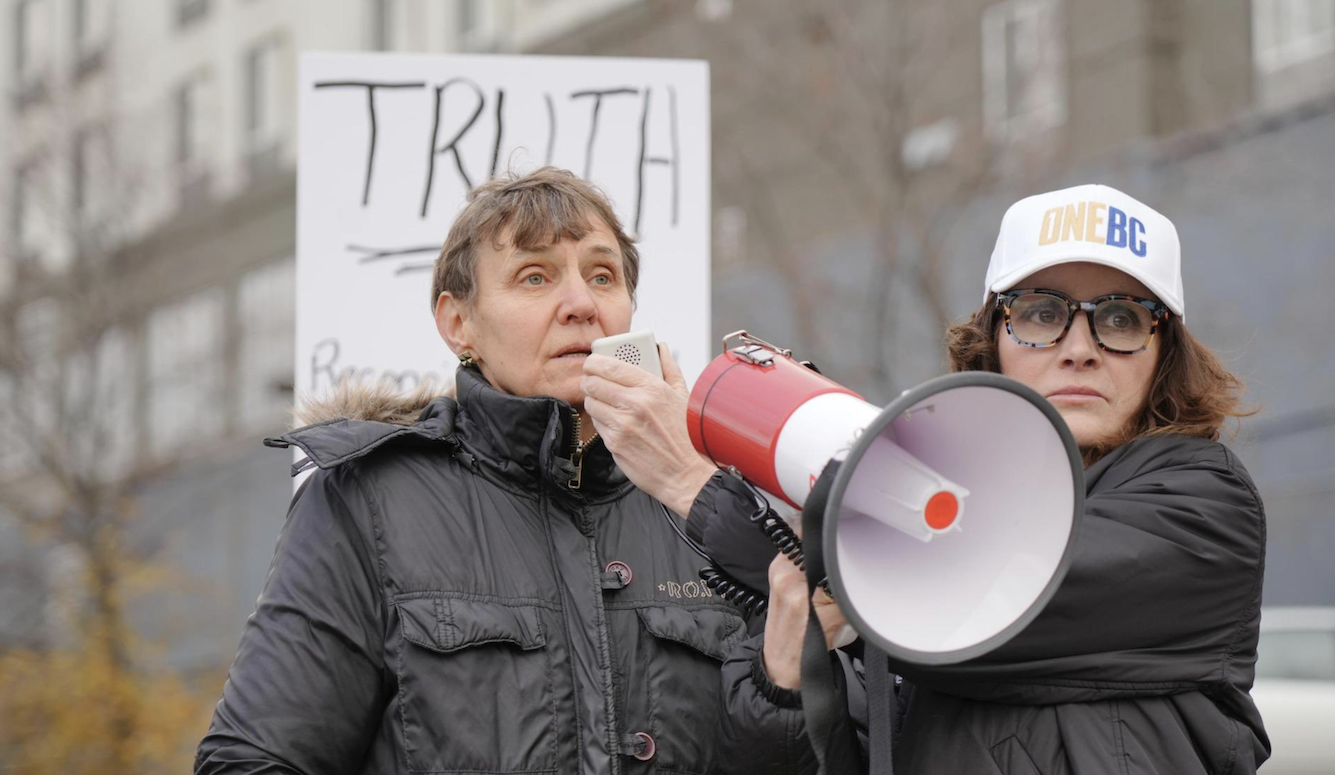Israel
Trump’s Gaza Plan
Donald Trump’s twenty-point peace proposal marks a potential turning point in the Israeli–Palestinian conflict—though whether it can be implemented remains uncertain.

The problem of the future of the West Bank has overshadowed Israeli–Arab relations ever since 1967, when Israel captured the 2,180-mi² (5646-km²) territory from Jordan in the Six-Day War. It has loomed large in the background of the ongoing Israel–Hamas War since it began on 7 October 2023, when Palestinian terrorists invaded southern Israel and murdered 1,200 Jews and abducted 251 to the Gaza Strip, of whom 48 remain in captivity, twenty of them probably still alive. In all the projections of a possible two-state compromise solution to the Israeli–Palestinian conflict, the West Bank, with its around three million Palestinian inhabitants, necessarily serves as the core of the future Palestinian state.
But that territory, which Israel officially designates “Judea and Samaria,” was the core of the Jewish kingdom of David and Solomon three thousand years ago and of the Jewish or Judean polities that succeeded it over the following twelve centuries. And the area of Judea, the southern West Bank, contains the core religious sites of Judaism, including Jerusalem, Hebron, and Bethlehem, the birthplace of David.
Since 1967, Israeli officials have also argued that Israeli retention of the territory is crucial to the country’s security and survivability, given that the hills of Samaria and Judea topographically dominate Jerusalem, Israel’s capital, and overlook the core Jewish population centres of Israel’s coastal strip from Tel Aviv to Haifa, as well as Israel’s international airport at Lydda and countless other strategic installations. Foreign armies based or deploying in the West Bank could mortally threaten Israel and terrorists emerging from the West Bank could make Israel unliveable, as they almost succeeded in doing in 2000–2005, during the Second Intifada or Palestinian rebellion, when Palestinian suicide bombers struck restaurants and buses in Jerusalem, Tel Aviv, and Haifa almost daily.

So, in addition to historical and religious-ideological considerations, there is a need to take account of strategic and security factors. Plus, of course, there is the question of the 700,000 Jewish settlers who have been implanted in the territory in ever-growing numbers since summer 1967. These settlers have been in the West Bank for three generations. Many have lived there for all or most of their lives. Given that their continued existence in Judea and Samaria is supported by at least half the Israeli public, no Israeli government can realistically contemplate uprooting them—indeed, such an act could trigger a Jewish civil war. In 2005, when Israel’s then prime minister Ariel Sharon managed to uproot the recently established Jewish settlements in the Gaza Strip, it triggered a national crisis and caused deep psychological trauma to the Israeli Right—although only around 8,000 settlers were involved.






